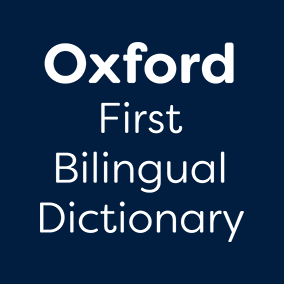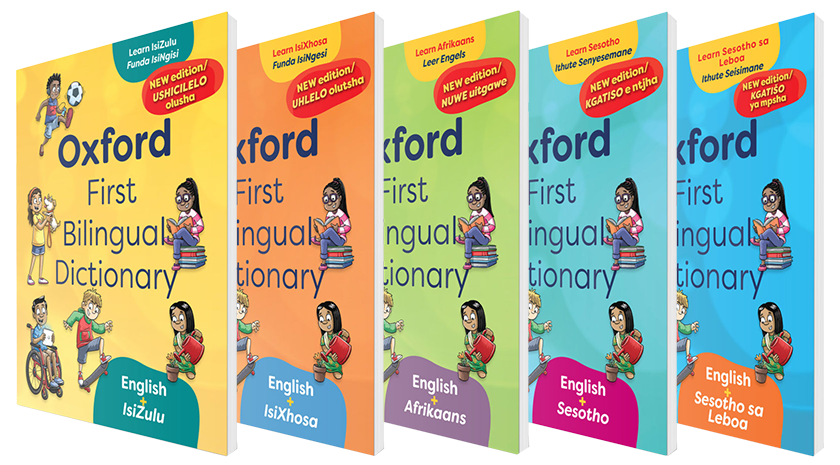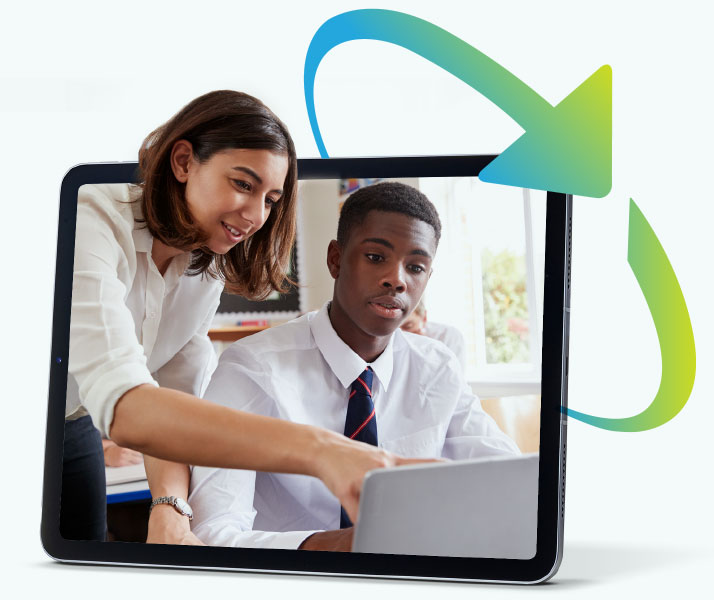The Department of Basic Education is committed to rolling out their Incremental Introduction of African Languages (IIAL) policy from Foundation Phase level (Grade 1-3), which eventually will require all South African learners to learn at least one of South Africa’s official African languages at school.

Most learners are already compelled to learn English, as English becomes the Language of Learning and Teaching for most African HL speakers in Grade 4. The new IIAL policy requires schools to offer three official languages – at Home Language (HL), First Additional Language (FAL) and Second Additional Language (SAL) level respectively. (The exception is the Eastern Cape, where IIAL is delivered at FAL level.) Currently it is up to the provincial departments of education to decide whether the second additional language should be from the opposite African language group (Nguni/Sotho).
Some critics foresee that the IIAL rollout will face practical challenges – a lack of teachers available to teach African languages at all schools, for one. There is also the worrying situation that the majority of learners (78%, according to PIRLS 2016) are struggling to read for meaning in their Home Language by the end of Foundation Phase, while the Additional Language policy is built on the concept of additive bilingualism – the assumption that learners have already mastered reading and writing in their Home Language and can transpose those skills onto their Additional Language(s).
Language and the brain
Practical challenges aside, what are the odds of children learning to speak not one, but two additional languages from Grade R-3?
Language experts agree that children in this age group possess an almost limitless scope for learning new languages. Scientific research has shown that humans are born with an extraordinary innate capacity for discerning and absorbing the sounds and structures of language – any language.
As the brain matures, we lose this capacity and must put conscious effort into acquiring new languages. In fact, by ten years of age it becomes difficult to speak a new language like a native, as our neurolinguistic pathways become increasingly specialised. By the age of eighteen, we have lost most of our initial linguistic sensitivity.
The capacity for language acquisition has been demonstrated by numerous instances of multilanguage learners (MMLs) that have been exposed to a variety of languages from a very young age. Many of us may know a bilingual family where Mom and Dad have spoken their distinctive Home Language to Baby from birth. Such babies usually grow up to speak both languages at HL level.
Some parents actively stimulate their babies’ and young children’s brains by purposefully exposing the child to multiple languages, whether all at once or one after the other. Research has shown that the more languages such children know, the easier it becomes for them to acquire even more new languages.
Science has revealed that learning multiple languages early on benefits the development of the brain. MMLs exhibit better flexibility in their thought processes and have better self-control, a more focused attention span, and an improved ability to discern between important and less important information. They also demonstrate improved working memory, which is used for solving problems1 and leads to improved reading skills. In 2019, the Scientific American journal ran an article illustrating that language literally shapes our brains at a neuro-physical level, improving even non-linguistic tasks2, and perhaps delaying the onset of dementia3.
Language and society
In the Ancient World, most educated people were taught several languages from an early age. It is said that Cleopatra, the first-century BCE Egyptian queen that beguiled the Roman emperor Julius Caesar with her intellect as much as her beauty, could speak nine languages fluently from childhood. Apart from Greek and Egyptian, these included notoriously difficult languages such as Median, Parthian, Hebrew or Aramaic, Arabic, Syriot, Troglodytaean and Ethiopic.
Today, a growing number of people speak English, Spanish or Mandarin as their Second Additional Language. Many countries, including most African ones, are plurilingual. In Switzerland, four official languages (German, English, French and Romansch) are taught at school. And even in monolingual countries, immigration has resulted in sizeable other-language communities for whom the country’s official language is a First or Second Additional one.
It seems, therefore, that learning a variety of languages is not only possible, but in fact desirable if we want to explore the much-touted unused capacity of the human brain. And at a societal level, it makes sense that speaking one another’s language generates goodwill and compassion – creating inclusiveness through understanding and celebrating diverse cultures.
1 Parenting Resource n.d., Multilingualism, Zero to Three, viewed 24 May 2021, <https://www.zerotothree.org/resources/2095-multilingualism>
2 Sayuri Hayakawa, Viorica Marian 2019, How language shapes the brain, Scientific American, viewed 25 May 2021, <https://blogs.scientificamerican.com/observations/how-language-shapes-the-brain/>
3 Najja Parker 2019, If you’re multilingual, you may be able avoid dementia, study suggests, Medical Xpress, viewed 24 May 2021, <https://medicalxpress.com/news/2019-10-youre-multilingual-dementia.html>




